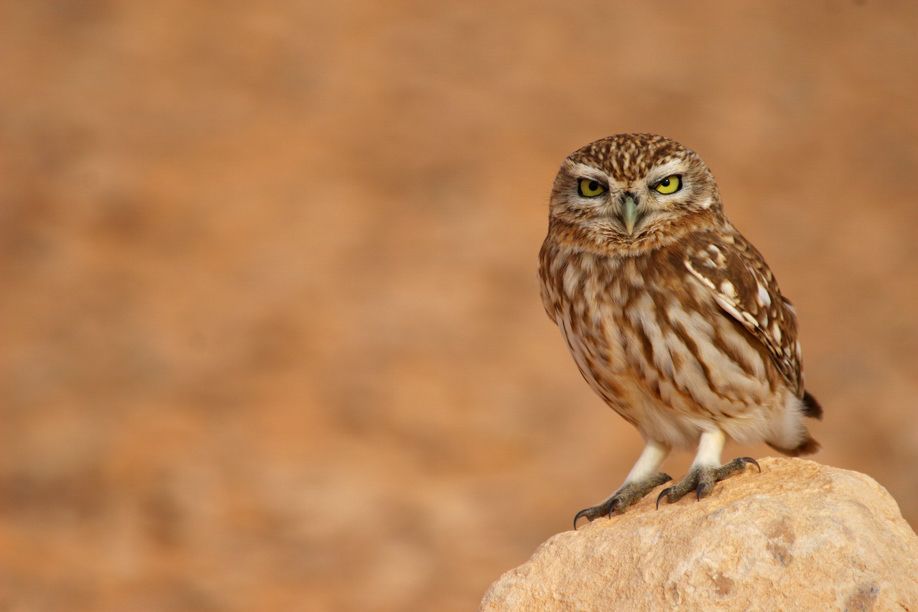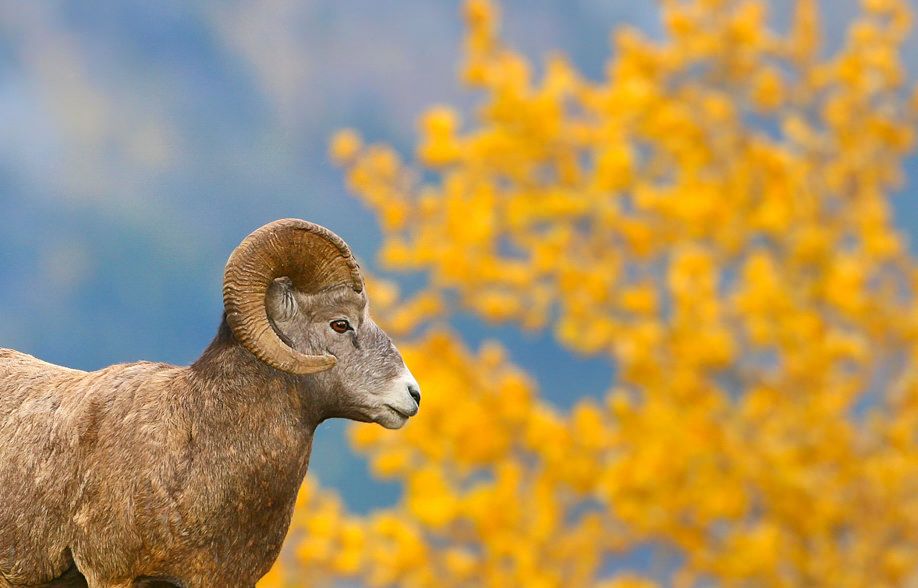Despite the fact that most people live in urban environments, you don’t always have to travel to exotic places to photograph wild animals.
It is amazing how so many animals have adapted to live in the human world in such incredible ways. Many have managed to fit in so well that we don’t even notice that they are there.
Peregrine Falcons, Kestrels, Mallards, Foxes… to name but a few.
If you like nature and wild animals as well as photography, well this opportunity may be something you really shouldn’t miss. Taking pictures of wild creatures is one of the best experiences that you may ever enjoy. But it is also very difficult to do.
I once resolved to photograph a fox and I spent many days, after work, visiting places where other photographers had reported sightings of her. After countless trips, hides and wasted hours, I found myself face to face with mother fox and her cubs just three metres from my camera.
I took a series of photos that truly filled my heart and made me forget, in an instant, all of the difficulties I’d encountered.
Here are a few tips that I want to give you that will make things as simple as possible, though I can’t guarantee you anything at all. The beauty of wildlife lies precisely in its unpredictability.
PREPARATION
I wanted to put preparation ahead of everything else. The often-ignored fundamental aspect of this type of photography is that you cannot choose to photograph a particular wild animal without first taking time to learn about its behaviour, habits and character.
Without the necessary research – reading books, watching films or simply discussing the subject with another lover of nature photography (ideally more expert than you) – you will have failed before you have even begun. You will have great difficulty creating anything decent and frustration will quickly force you to abandon the project.
However, being well-prepared doesn’t just help you to identify and understand wild animal behaviour; it is, above all, essential because these animals are very flighty and therefore you need to have a good understanding of the type of shot you will have to use when those important moments arise. It would be a great shame to get the photo wrong because of a mistake with the camera settings, having waited maybe hours to see a particular animal.
Organise your photography trip at least a day in advance, preparing your rucksack or bag with all the equipment and accessories you need: charged batteries, memory cards and not forgetting extra clothing. Don’t fall into the trap of taking absolutely everything; you may have to walk a long way to get to your photographer’s hide.
CHOICE OF LENS
As far as concerns nature photography, you cannot be without a telephoto lens as part of your equipment. For this type of photography, focal length can never be too short, especially if you want to photograph wild animals, so you will need at the very least a 300mm lens.
Lots of people ask me if a zoom lens, such as a 70–300mm or a 18–200mm, will do. Personally, I do not recommend them, due to the excessive zoom range. Fixed focal length lenses are the best, as they also work well in combination with a teleconverter (1.4x) that allows you to multiply the focal length.
CHOICE OF CAMERA
This means a Reflex, though MIRRORLESS cameras also work well; the important thing is that it has an APS-C sensor. This most commonly found type of sensor allows you to benefit from an increased magnification factor, which gives results that are excellent for nature photography.
TRIPOD OR MONOPOD
If you use, as is likely, a telephoto lens, then you will be sure to have to deal with the micro-blur and vibrations caused by your camera and by you at the precise instant in which you take the picture. These vibrations are magnified when the shot is taken using a telephoto lens, just as happens when you look through binoculars and it seems as though everything is “shaking”.
To resolve this problem, you can use the image stabilization technology found in your camera or in the lens itself, or you can opt for the more traditional – yet more effective – solution of using a tripod or monopod. Manfrotto®, a leading brand in this field, offers a vast range of products suitable for nature photography. Personally, I recommend the 055 or 190 series; by far the best and that provide the ideal compromise in terms of weight, portability and practicality.
THE WEATHER
Sometimes it will happen that you organise everything perfectly, only for you to open the door to see the rain coming down. Don’t give up hope. Animals find it harder to move around in the rain and, if you are wanting to photograph birds, the wind is your ally because it will be more difficult for them to fly in such conditions, so they let you photograph them more easily, as long as you don’t get too close. If you are worried about damaging your equipment, you can find lots of accessories online that provide protection from the rain; though even securely wrapping a simple plastic bag around things can work well enough.
LIGHT CONDITIONS
As with all genres of photography, lighting is the most important element for you to consider. Sunrise and sundown rule and it seems that everything revolves around these two times of day.
Wild animals also tend to be more active at these times of day, often in search of food. This is a further consideration that is absolutely fundamental: you cannot practise nature photography if you go out at 10 o’clock in the morning.
Furthermore, from a purely creative point of view, aren’t scenes taken at sundown or sunrise more beautiful anyway?
IN PRACTICE
In traditional photography, as we might call it, composition can mean the difference between success and failure. Nature photography of wild animals is no exception.
THE RULE OF THIRDS
When photographing wild creatures, you must bear in mind that there are very few ideal moments in which to take the shot. Only very rarely will you have the chance to create sophisticated compositions, therefore I recommend that you stick to the simple but effective rule of thirds.
The trick for obtaining decent photos using the rule of thirds is to devote the larger area of the frame – usually 2/3 – to the direction in which the animal is moving or looking. This makes your composition more dynamic and gives you more space to position the elements within your image.
CHANGE PERSPECTIVE
Our minds get used to repetitive things and, over time, we no longer see them as interesting. Photos are no exception in terms of this mental process, so it is totally normal if images always taken from the same viewpoint end up seeming uninteresting.
When you photograph animals on the ground, don’t stay standing up; this is the same viewpoint that anyone would have. Instead, try holding the camera almost at ground level. If you are using a tripod, widen the legs out or reduce the pole extension, so that the camera is just 30 cm off the ground. From this viewpoint, even if the subject is the same, the photo immediately becomes more interesting for the observer.
PAY ATTENTION TO THE EYES
One fundamental rule when you take a portrait photograph is to make sure the eyes of the subject are clear. Photographing a wild animal is no different. When you take a photo of an animal, be sure that the focal length makes the eyes clear, devoid of micro-blur.
CAMERA MODE
For nature photography of wild animals, you may think that the best camera mode to use to manage flighty subjects is shutter priority. In reality, this is not the case; the camera mode I recommend you use is Aperture Priority.
With this mode, you can set the aperture to the maximum value (for example f/4) and thus guarantee that the camera will set the fastest shutter speed possible for the light conditions, based on the selected ISO values .
WHAT IF THE SHUTTER SPEED IS STILL TOO SLOW?
If you have widened the aperture to its maximum but the shutter speed is still too slow, all you have to do is increase the ISO value of your camera. Are you worried that this type of digital noise might ruin the image? You’re right. It is a possible side-effect, but I can assure you that it is better to have a bit of digital noise to sort out in post-production than an irretrievably blurred image.
PERSEVERANCE
You will come across friends who manage to capture the sought-after creature at the first try, whilst you might have spend days in a hide with no success. Don’t let it get you down; it is pure good fortune and you have no control over it. You need to base your work on perseverance. Should you master it, perseverance is a quality that will enable you to achieve much greater success over time. Guaranteed!
WHERE TO GO
At the start, I said that you don’t need to travel to exotic places to find wild, even rare, animals. And that is just how it is.
Public parks are great places to find amazing animal species. If you just getting interested in ornithology, you will soon discover that the park in which you spend your lunch-breaks is visited by many rare species.
Lakes: if you live in a densely populated area which, however, contains fairly small artificial lakes, it is not uncommon to find interesting animals in or around the water.
YOUR GARDEN
If you are fortunate enough to have a garden, create and set up things that will attract wild animals. A feeder filled with suitable food inside (do your research – unsuitable food can cause death) is a magnet for animals that will very soon become habitual visitors, especially in winter. If you decide to do this in the winter period, you must be prepared to continue for the whole season, up until spring. If you interrupt the provision of food half way through winter, you risk condemning to death the animals that regularly visit your garden.
Alessio Furlan
Freelance photographer, photography teacher, author and blogger.
website: www.alessiofurlan.com
blog: www.tecnicafotografica.net
Facebook: https://www.facebook.com/alessiofurlan.fotografo
Twitter: https://twitter.com/alessiofurlanph
Instagram: https://instagram.com/alessiofurlanph/
Flickr: https://www.flickr.com/photos/alessiofurlanph/








